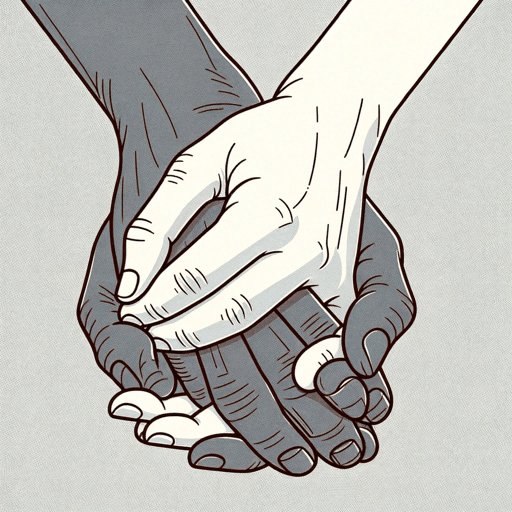52 pages • 1 hour read
Nadine GordimerOnce Upon a Time
Fiction | Short Story | Adult | Published in 1989A modern alternative to SparkNotes and CliffsNotes, SuperSummary offers high-quality Study Guides with detailed chapter summaries and analysis of major themes, characters, and more. For select classroom titles, we also provide Teaching Guides with discussion and quiz questions to prompt student engagement.
Themes
Township Uprisings of 1984-1985 and the End of Apartheid
The anti-apartheid movement of the late 1980s serves as the political backdrop for the action that takes place in “Once Upon a Time.” In the years preceding the end of apartheid in South Africa, both peaceful and violent demonstrations spread throughout the townships, the impoverished neighborhoods where Black South Africans lived. Townships were located outside major cities such as Johannesburg, Pretoria, and Cape Town. Gordimer can begin her fairy tale “In a house, in a suburb, in a city,” without specifying the location because the urban planning of all major South African cities was the same. Gordimer’s story also portrays the township uprisings indirectly, through the eyes of white South Africans who fear changes that the protestors demand. By treating both her main characters and their imagined antagonists as generalized archetypes, Gordimer suggests that this story, or similar ones, may have played out all over South Africa at this time.
The main method of enforcing apartheid was South Africa’s pass laws. White government officials segregated both townships and public transportation because limiting the movement of Black South Africans helped ensure the dominance of the ruling white minority. Legislation required Black and “Coloured” South Africans to carry internal passports and to show their passports if they ventured outside of the townships or attempted to use public transportation.
Related Titles
By Nadine Gordimer

Burger's Daughter
Nadine Gordimer

July's People
Nadine Gordimer

Jump and Other Stories
Nadine Gordimer

None to Accompany Me
Nadine Gordimer

Six Feet of the Country
Nadine Gordimer

The Conservationist
Nadine Gordimer

The Moment Before the Gun Went Off
Nadine Gordimer

The Pickup
Nadine Gordimer

The Train From Rhodesia
Nadine Gordimer

The Ultimate Safari
Nadine Gordimer

